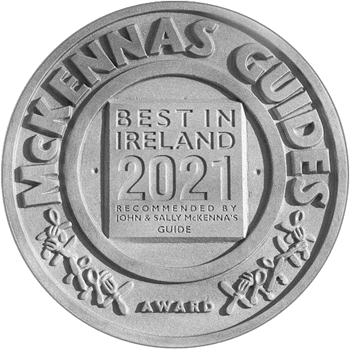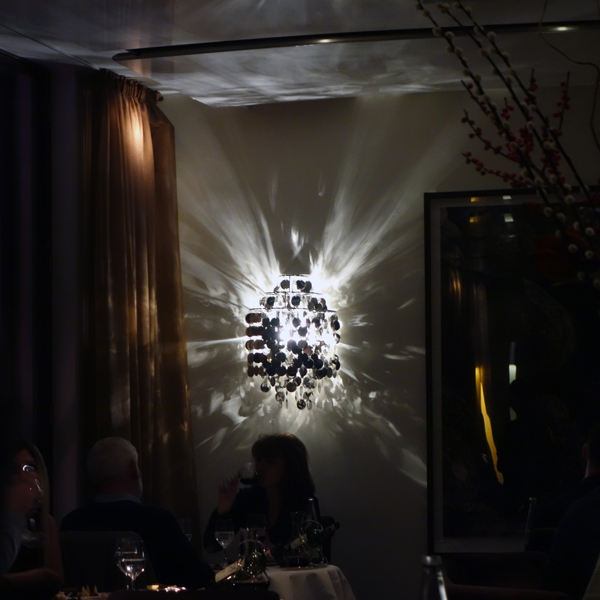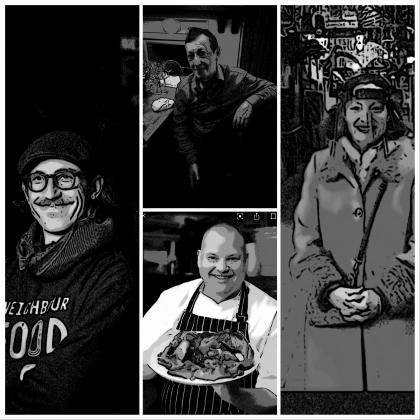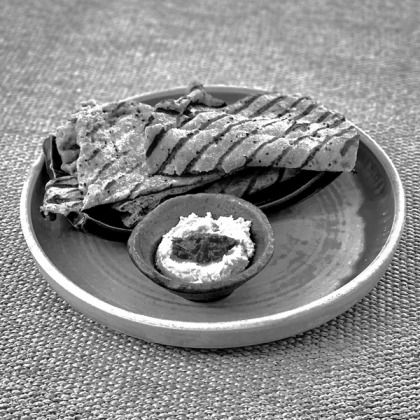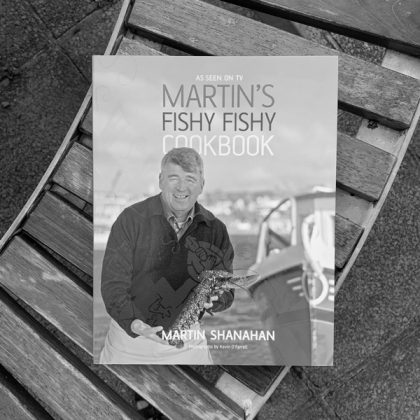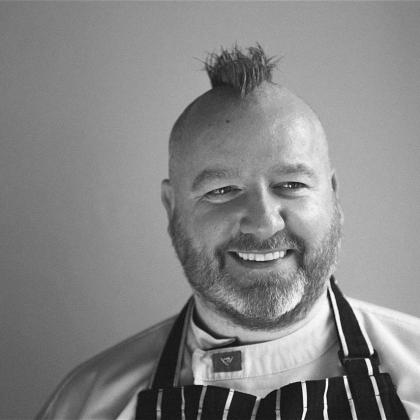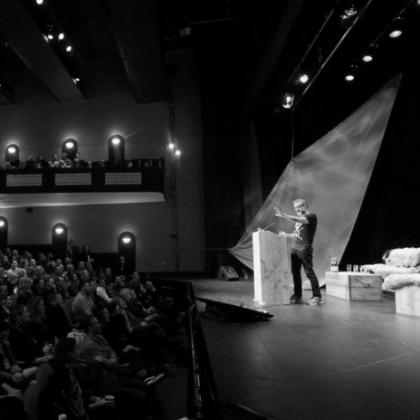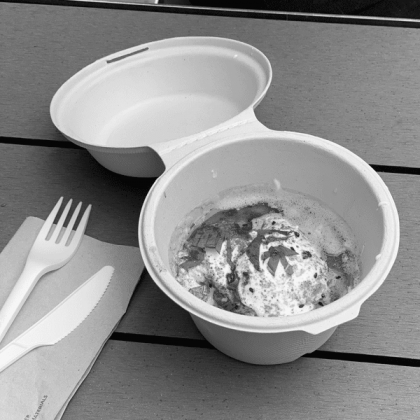Almost twenty five years ago, Kevin and Muriel Thornton opened the doors of a small room in Upper Rathmines that they called The Wine Epergne. The style of the room suggested a private men's club, but the cooking was pure punk: right from the off, Thornton's was iconoclastic.
Mr Thornton wasn't the only iconoclast. Paul Rankin would also open Roscoff in Belfast in 1989, Derry Clarke was cooking in a tiny basement called L'Ecrivain on Baggot Street, Liz Mee was showing how to cook chicken wings as a work of art in Temple Bar's Elephant & Castle, and Éamonn Ó Catháin was working away in Shay Beano having moved to Lower Stephen Street from Nassau Street.
In retrospect, we can see how radical a group this little bunch of chefs were. But at the time, in a city that paid little attention to food, their ambitions were utterly remarkable.
Twenty five years on, and what is most striking about Kevin Thornton's cooking today is the fact that his food demonstrates that his ambition is undimmed. In fact, he seems more ambitious than ever. Way back in 1996, when he had moved his restaurant to Portobello, we described his work as “Beethovinian”, by which we meant that with everything he cooked, Thornton was driven to push the boundaries of the form he was working with.
At the end of a tasting menu dinner in late December 2013, you want to burst into applause not just in thanks for the dishes created for you, but also at the intellectual hunger that drives the creativity of this kitchen. Mr Thornton doesn't want to push the boundaries; he wants to explode them.
And during these twenty five years of hard work, something curious has happened to Kevin Thornton. We tend to view ambition and success as progressive devices – achieving your goals means moving forward. But Thornton has swapped this around – his ambition is taking him back: back in time, back in form, back in intent.
Take the dish of king scallop from Bere Island with truffle mousse, for example. It appears on the plate, partnered with deep-fried carrageen, a little caviar, coral powder, some wood sorrel, and gold and silver leaf, surrounded by the pooled sauce. The effect is that of seeing the scallop in its habitat, as a diver would see it underwater – the scallop, the coral, the collar, the shell, the sea floor. Seeing it and eating it takes you out of the restaurant and brings you to the original habitat of what you are eating.
Partridge, served with cep, calvados sauce and truffle egg, is smoked with 1000 year old bog oak, and is baked with hay. The truffled egg respects the origin of the life cycle of the bird. Again, the form of this dish is dictated by history and habitat, by the nature of the food and the food's nature. The history of what you are eating has been telescoped, and time has been refracted.
This occurs also with the tools of the table. Polished bog oak is an ornament, but the butter is served on a sea stone, woodcock is served on ancient Tipperary stone, whilst Connemara marble is also used and, as Thornton points out, marble is a living substance.
The total effect is to render eating here as not just a tactile and sensual experience focused on the appetite, but also as an historical and natural experience which is both cerebral and sensual. Mr Thornton is exploding the boundaries of the form, exposing the origins and habitats of what he works with, and bringing them into play as a major element of experiencing the food. It is a thrill like no other and, with the tasting menu costing €95, we reckon it is the best bargain in Dublin.
www.thorntonsrestaurant.com 128 St Stephen's Green, Dublin 2 (01) 478 7008
Read other articles in this issue http://www.guides.ie/blog
